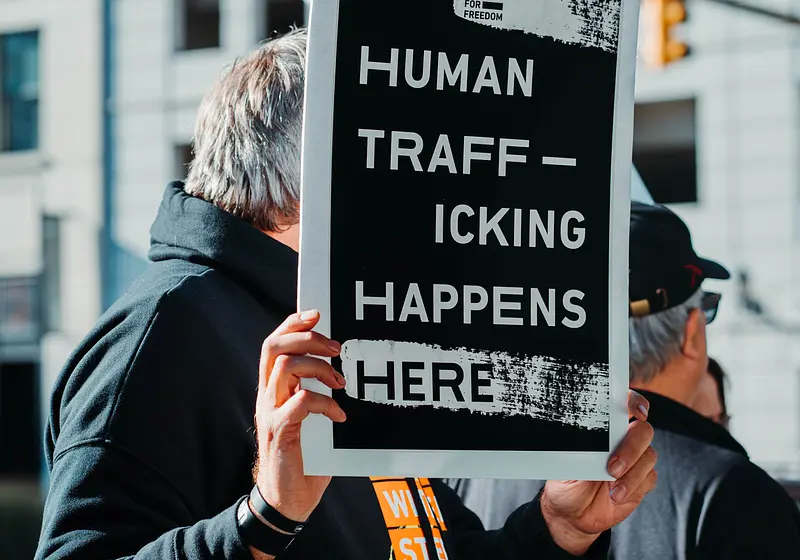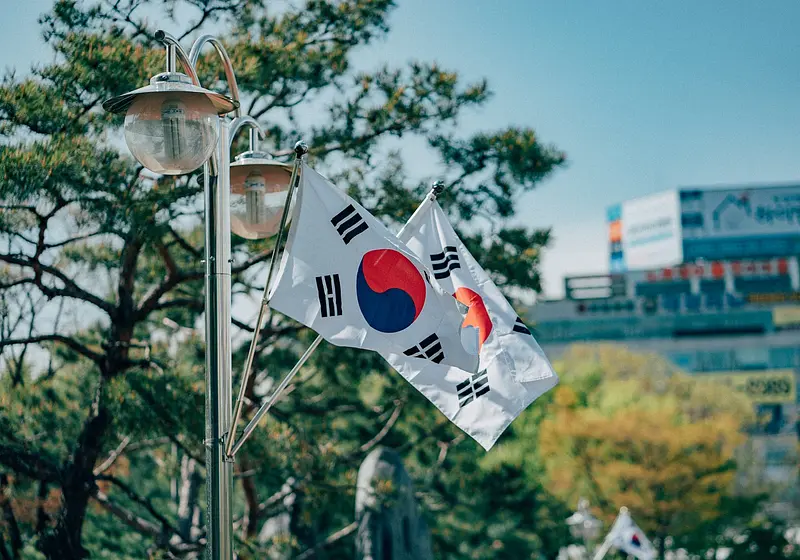“You can sell a bag of [censored] once. A 5-year-old child, you can sell them 5-10 times a day, for 10 years straight.” The quote from “Sound of Freedom,” spoken by Timothy Ballard, played by Jim Caviezel, showcases the business of child trafficking. People tend to think of this as a scenario right out of an action movie, as shady criminals in dark vans nab innocents from off the streets, where they’ll be taken to places far away.
However, in real life, it is far more complicated and relies on a system of manipulation, grooming, and other psychological tactics. As teenagers, it is important to understand what child trafficking really is and how it affects millions of kids each year.
What is Human Trafficking?
As a form of human rights’ violation, the United States Department of Homeland Security defines human trafficking as using force, fraud, or coercion to obtain people for labor and commercial services. Child trafficking is, of course, done with children and teenagers.
The US Department of Justice reports that the human trafficking industry is now the second most profitable criminal enterprise, surpassing the illegal arms trade and close to passing the kingpin of crime—drugs. With a reported sum of $150 billion each year, tens of millions of victims, millions of kids, are exploited while traffickers reap the rewards.
It is important to understand that not all trafficking involves sex trafficking.
In the past 20 years, only a few movies such as “Sound of Freedom” and “Taken” focus on human trafficking, primarily sex trafficking of children and women. Deception, secrecy, manipulation, human rights violations, and lucrative profits—so begins the journey into the illegal enterprise of trafficking.
How Do Traffickers Find Victims?
According to UNICEF, a third of human trafficking victims are children. There are a couple of methods traffickers use to lure in kids—and few use the method of force. Today, traffickers pose as a friend or someone the victim trusts, whether that would be a neighbor, employer, or even family member.
Preying on children who are economically or socially vulnerable, traffickers use gaslighting and psychological tactics as a form of guilt and control. Other strategies used are confiscation of personal identification papers, threats, creation of attachment, and even Stockholm Syndrome in victims, and blackmail. Although runaway, homeless, and abused children are especially at risk, some are groomed into the industry while living at home and attending school.
What Can We Do?
It is not only the government’s job to help parents ensure that kids and teenagers know what they can do to protect themselves, but also that these missing victims are recovered. There is a common trend that can be seen: Globally, law enforcement agencies have made countless arrests on charges of human trafficking each year, but the number of recovered victims has decreased. Most of the missing ones are moved to international locations, far beyond the reach of local law enforcement.
What seems an obvious solution is actually an ambiguous one: international cooperation. Although children are one of the most vulnerable members of any society, it is difficult for intergovernmental collaboration. The lack of funding poses an issue for specially allotted forces to extricating victims, especially if those forces come from another country.
And yet, this only brings up another issue. As bad as trafficking is, nobody is talking about it. Yes, the media writes stories on this, but they are not as publicized as they should be. Those involved in the industry are often well-connected and wealthy, and if they are exposed, their reputations would be stained, as seen in the case of Jeffrey Epstein, the former charges against movie director Harvey Weinstein, and even the newfound evidence against Bill Gates.
It can even be seen in foreign countries, where unwilling and underage victims of human trafficking are forced to partake in sexual activities by wealthy foreigners who pay the traffickers. These cases are scarcely reported, and it would be difficult for the even the strongest of lawyers to put wealthy people in jail.
Of course, these are not the only people involved, as human trafficking is a complex industry.
So, in reality, the solution lies within the general public. Signs of human trafficking should be publicized to as many people as possible, so that the public can notice the signs of victims who can be rescued. Performative activism is not the same as activism. Reposting the signs is not enough, but rather, it is good to stay informed, petition the government, donate to and volunteer with anti-human trafficking organizations.
If you see something, say something.
Signs:
According to the Polaris Project and its National Human Trafficking Resource Center and Innocents at Risk, here are the signs of human trafficking:
- Appearing malnourished
- Showing signs of physical injuries and abuse
- Avoiding eye contact, social interaction, and authority figures (law enforcement)
- Adhering to scripted or rehearsed responses in social interaction
- Lacking official identification documents
- Lacking personal possessions
- Working excessively long hours
- Living at place of employment
- Checking into hotels/motels with older males and referring to those males as boyfriend (may not always be human trafficking, but if it aligns with other signs, be cautious)
- Poor physical or dental health
- Tattoos or branding on the neck and lower back
- Untreated sexually transmitted diseases
- Small children serving in a family restaurant (again, not always human trafficking)
- Security measures that keep people inside like barbed wire inside of a fence or bars covering the inside of windows
- Not allowing people to go into public alone or speak alone
Join the Fight:
Here are some human trafficking organizations
- Polaris Project (they operate the US hotline for human trafficking)
- Operation Underground Railroad
- The Exodus Road
- Compassionate Hope (Child trafficking)










